
You should wear a suit. No, not a costume, a suit. Something that fits well, feels good, and displays an image of who you are. These days, amidst a flood of casual wear, people have become accustomed to low-effort and minimalist clothing. Many no longer put intense care into choosing the right colors and fabrics, the right pocket square or tie knot. People don’t often dress up when dining in restaurants, going downtown, or attending parties and events. Even in professional settings, formal suits are on the decline. So what happened?
As economic prosperity has fluctuated, so have the levels of formality in society — exacerbated by COVID-19. This shift has robbed people of the class and sophistication that defined mid-20th-century style. However, on the horizon lurks a change. Now that we have reached an all-time high in casual dress, men’s fashion is ready for a new era of elegance.
Picture the scene: it was 1911, three years before the Great War. Ascots were the predominant choice of neckwear, pocket watches glittered through the waistcoats that accompanied nearly every suit. Top hats and straw hats crowned every head, and suspenders held up full-cut trousers that draped elegantly from peak lapelled suits. This was the height of the men’s fashion Edwardian era — 1890s to 1920s — when the fashion of the late 19th century still reigned supreme.
Then came a war, the likes of which no one had ever seen. Men were sent to die in the trenches, women occupied the factories and kept the country strong at home, and the youth dreaded their 18th birthday when they’d be drafted. World War I left a bruised and battered generation made up of more ghosts than men, and the opulence of the Edwardian era, with its litany of dress codes and fashion rules, seemed a far cry away from the practical concerns of a generation that barely escaped extinction.
As men switched suspenders out for belts, and indoor climate control led to waistcoats becoming a useless heat trap, the need for three-piece suits vanished almost overnight. Neckties, a new and hot invention, replaced ascots. Evening wear, formerly dominated by white tie and the elegant evening tailcoat, was supplanted by a previously unpopular informal outfit called the tuxedo. This interwar period of men’s fashion mandated formal dress for eating in certain restaurants and going downtown, even requiring a tuxedo when attending any evening function after 6 p.m. Yet, it was still notably informal compared to the fashion extravagance of the Edwardian era. Formality continued to plunge during the Great Depression as wealth plummeted and more conservative styles became more popular. However, the tuxedo reigned supreme in the evening, and suits — even if tattered and old — were still worn.
This era was the peak of many fashion trends, striking the perfect balance between formality and informality. However, as an invasion in Europe sparked another world war, the rationing of fabric meant that full-cut suits and elaborate tuxedos were no longer made. Instead, an entire generation grew up in a time where opulence was a rare pre-war, pre-Depression mythology.
After World War II, style was gradually reintroduced into formal wear as the country’s wealth returned. People once again wore bold colors, pocket squares, wide lapels, and full-cut suits. However, lurking beneath this return to form was a youth startup movement intent on differentiating their style from the formal clothes of their parents. The t-shirt, previously worn underneath a soldier’s uniform, rose in popularity due to its comfortable and convenient nature. Elvis Presley began to popularize the wearing of jeans and leather jackets, a radical departure from the formality of the previous century. This movement gradually became encased in the counterculture period of the ‘60s, when “a peacock revolution” took place, and vibrant colors, fun designs, and pastels became dominant in dress. Even tuxedos were modified with ruffle shirts, dagger collars, and bright pastel colors — a total departure from the classic “penguin” look, which consisted of dark colors over white.
Men’s fashion made yet another major turn with the yuppie era of the late ‘70s and ‘80s. Wall Street hotshots and wunderkinds pouncing on the corporate scene with their Reagan sympathies and flowing wealth gave rise to the term young urban professionals, or yuppies. They became known for dryly saying “yup” while drinking from laminated paper cups and boasting about suburban vanity.
Due to the extravagance of the ‘80s, suits returned to more classic styles, but with yuppie modifications. Pinstripes, Winchester collars, wide peak lapels, double-breasted suits, and $10,000 watches pervaded the Wall Street scene. James Lawley — a fashion connoisseur and social media influencer — notes, “Films such as 1987’s ‘Wall Street’ and 2000’s ‘American Psycho’ popularized yuppie appeal, however, many people don’t realize that they were meant to critique yuppie culture. And the yuppies laughed at it and began to copy it.” Even after the yuppie era, films such as “Office Space” and “The Wolf of Wall Street,” further critiqued while inadvertently popularizing yuppie appeal through extravagant, out-of-touch characters such as yuppie wannabe Bill Lumbergh and stockbroker Jordan Belfort.
It turns out the yuppie extravagance came at a price. After the repeal of the Glass-Steagall Act in 1999, Wall Street had free rein to combine investment and commercial banks, resulting in the subprime mortgage crisis of the ‘90s exacerbated to the entire financial system in the 2000s, coming to a head in the crash of ‘08. Then-president Barack Obama made his minimalist style a staple, opting for a tuxedo with two buttons and peak lapels when attending black tie events, doing away with white tie almost entirely, and wearing the same simple suits every day. Along with him, the rest of the country opted for minimalist and slim-fit looks with less material, smaller lapels, and fewer buttons. Coinciding with this period, casual wear was at an all-time high. Suits were increasingly reserved for formal business settings, even falling out of fashion in evening functions and at restaurants.
Then, formality was brought to its lowest point during the pandemic, when people stayed at home and prioritized comfortable and low-effort clothing. This has pervaded since the pandemic, and today, people are at their most casual. However, this is a blessing in disguise. As everyone around us lowers their formality, it is now an opportunity to set yourself apart with fashion.
Formal clothing commands respect; provides a nicer, cleaner look; and is comfortable when correctly worn. People who claim formal clothing is uncomfortable often wear collars with the top button straining to stay attached, overly restrictive suits, and trousers without proper measurements. When a suit is cut right, and you have space to move around, it quickly removes any objections from the informal crowd on the grounds of comfort.
Lawley, who has built a career of evangelizing older fashion trends, compares today’s casual style to “the togas of ancient Greece, which were practically robes. We are not there yet, but we are getting near there.” Lawley claims, “It can all change again, and right now we are seeing a rise in the popularity of suits. People like me and my channel are creating a niche subculture which can catch on.”
So, should you wear a suit? Yes. However, equally important as wearing a suit, is repaying the world with generosity and kindness. The man inside the suit is more important than the suit itself. While fashion can elevate your appearance, it is important to remember that all that lurks beneath is what holds up the boat.
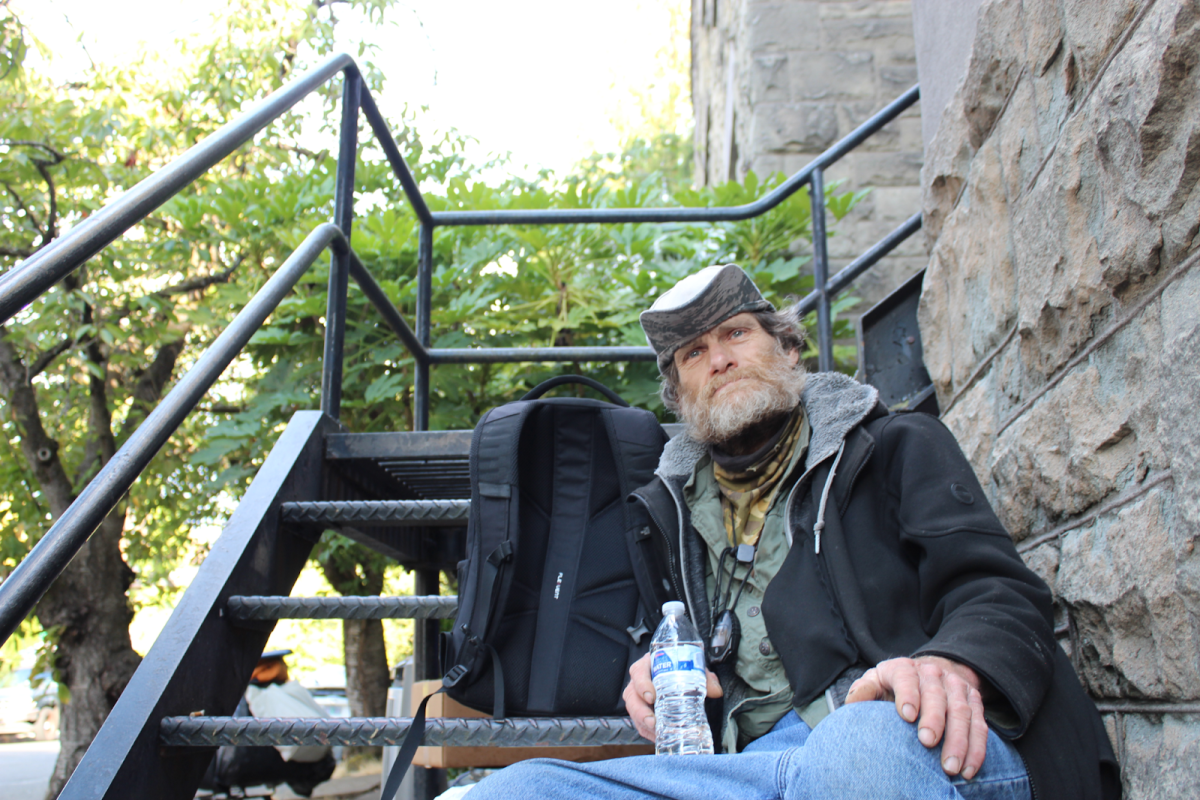

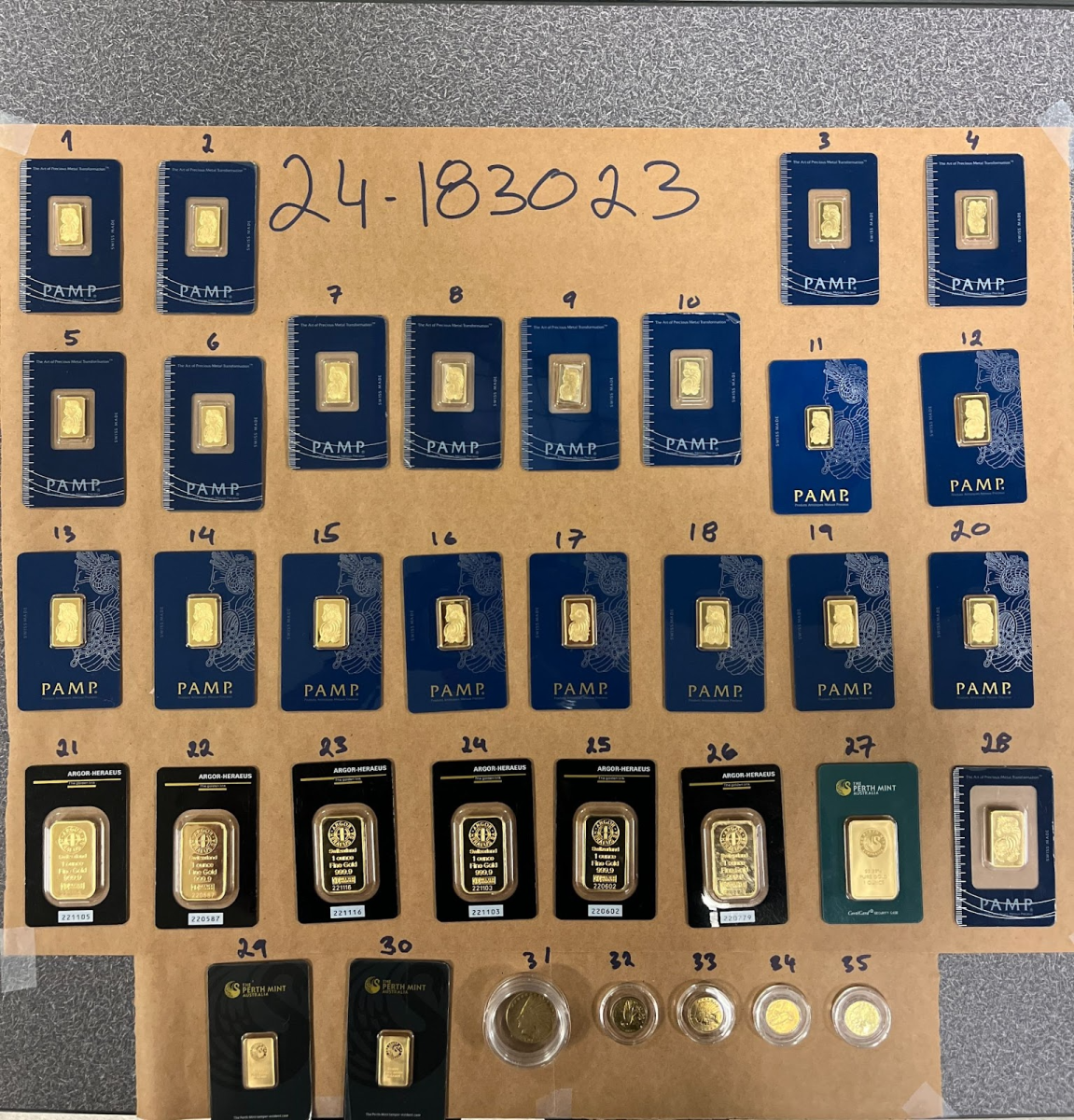
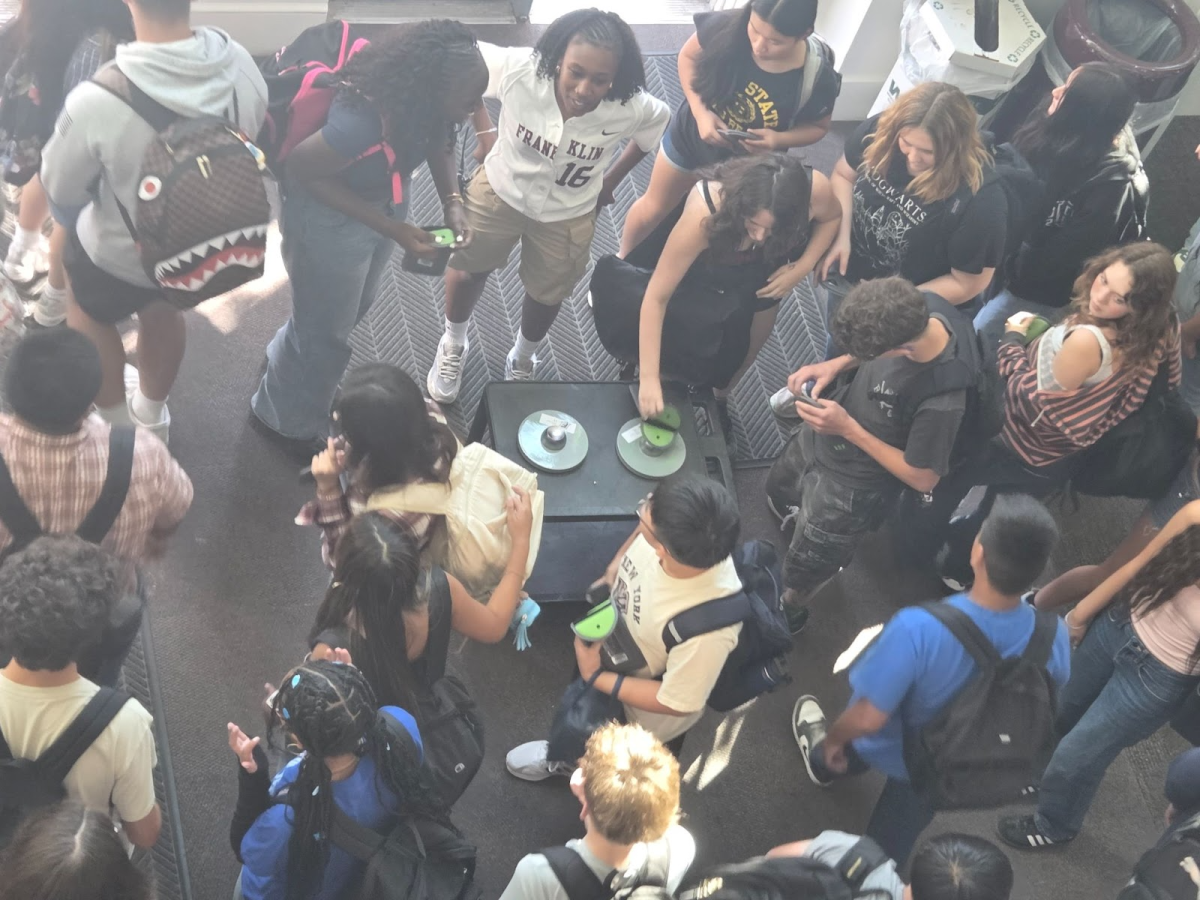
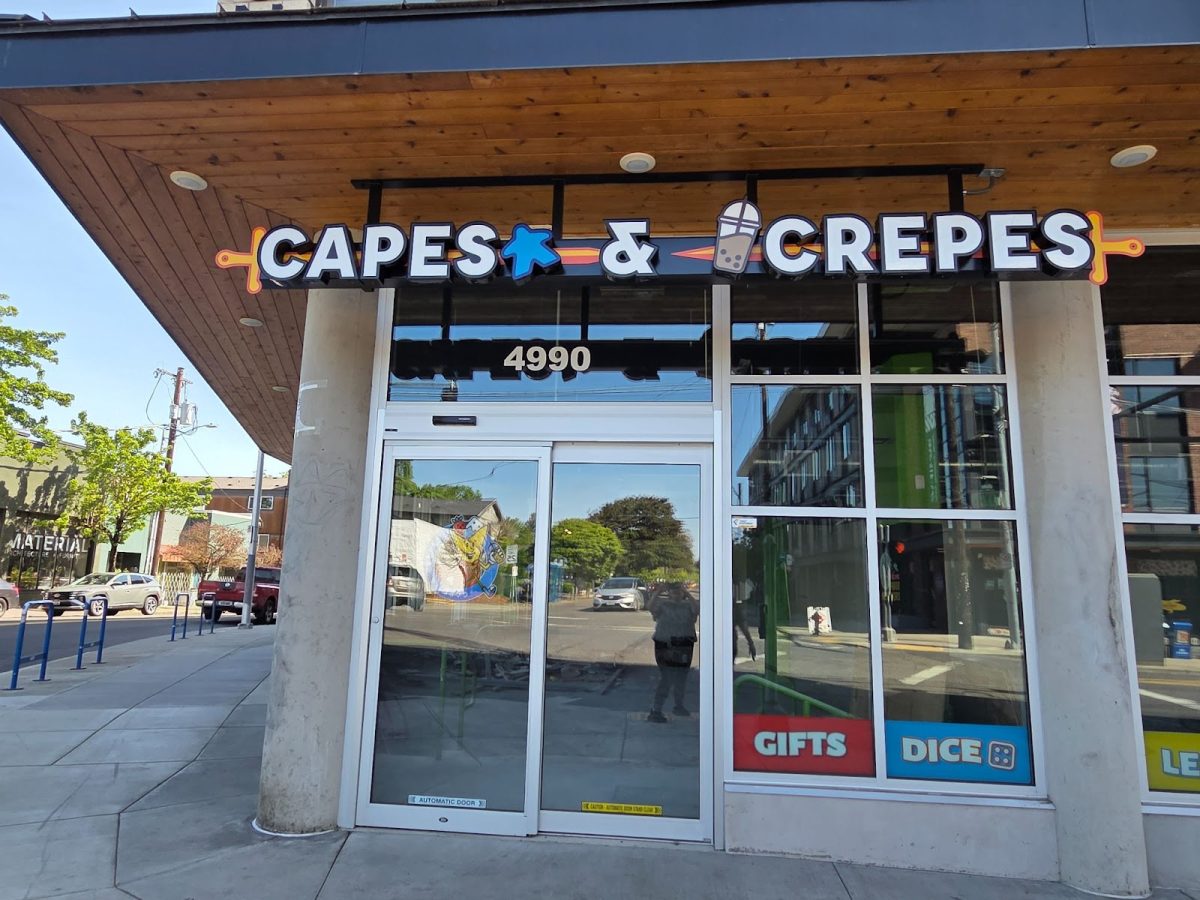
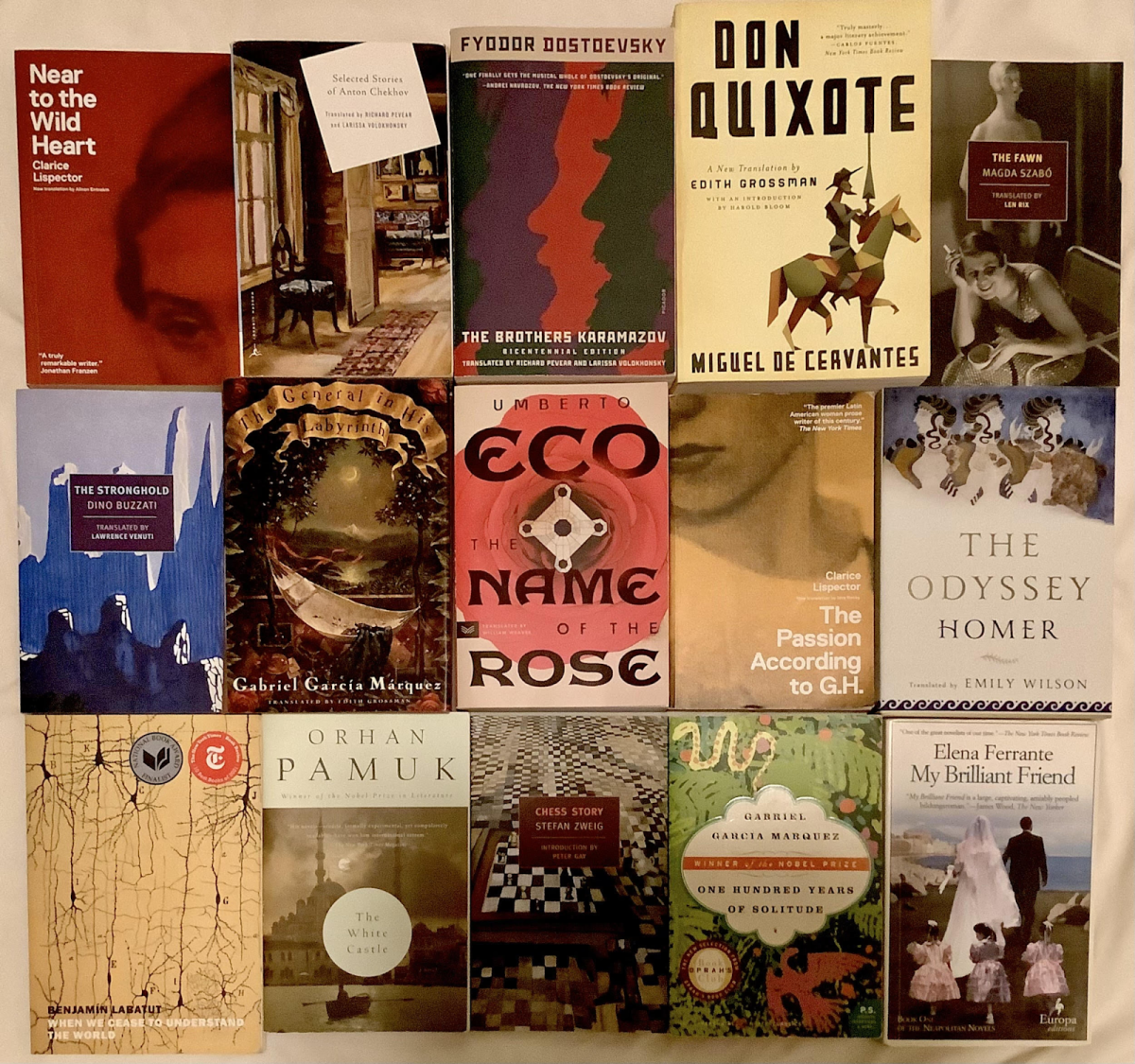
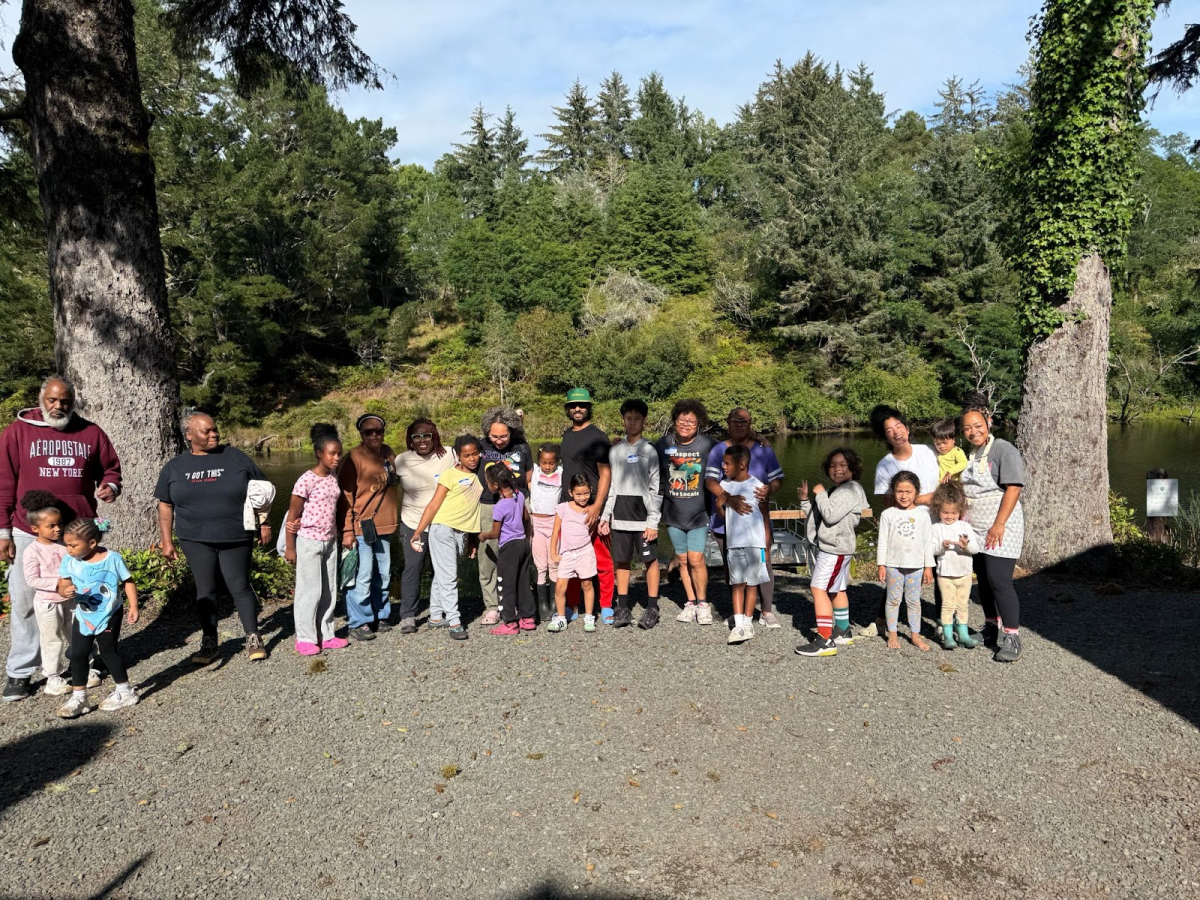

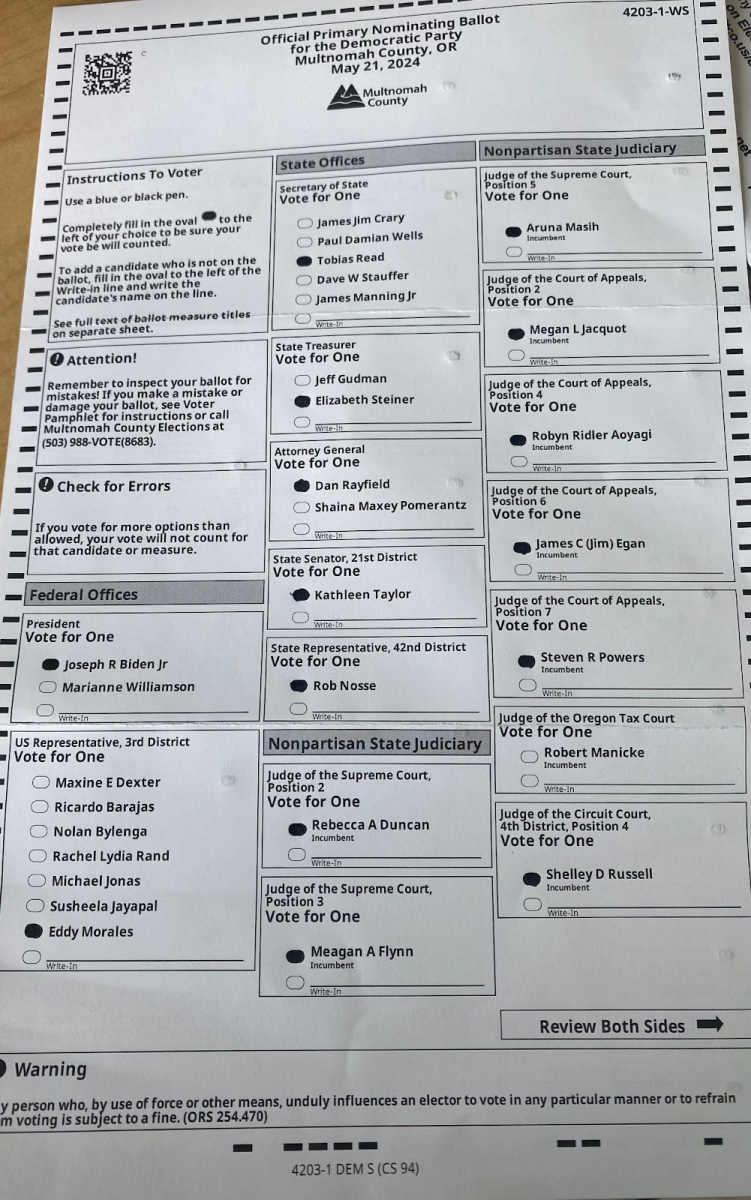
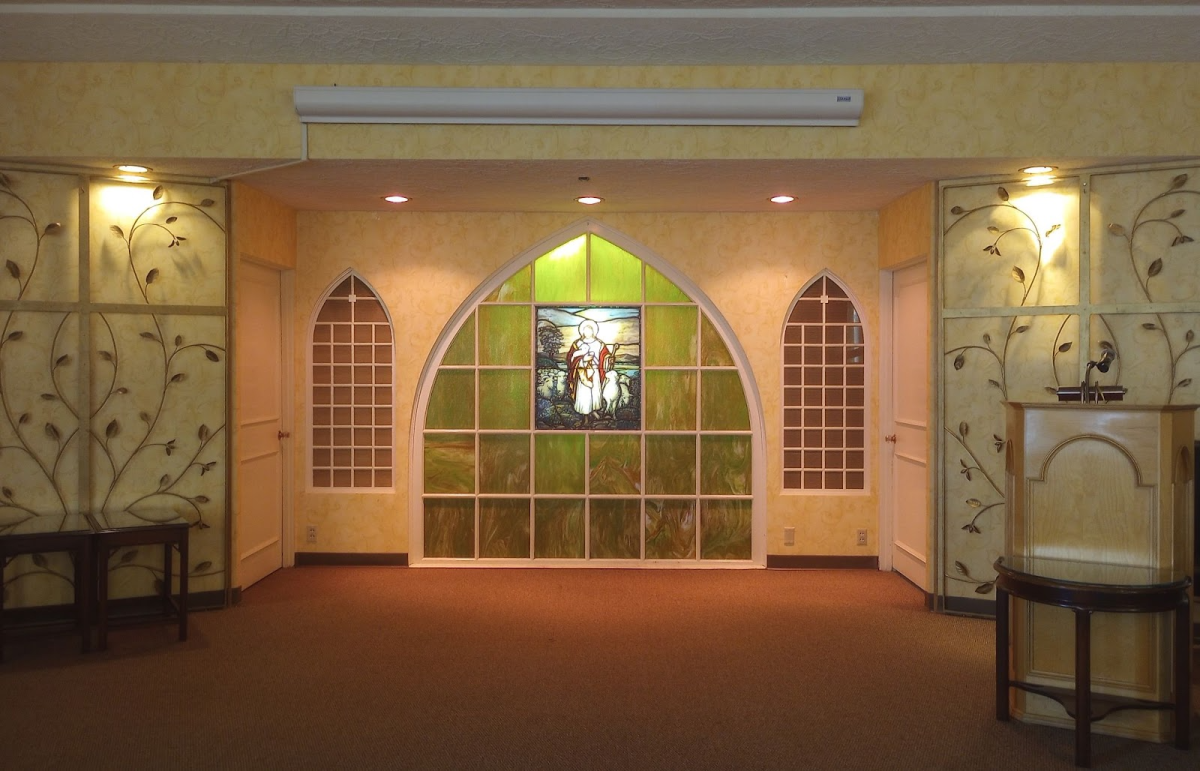
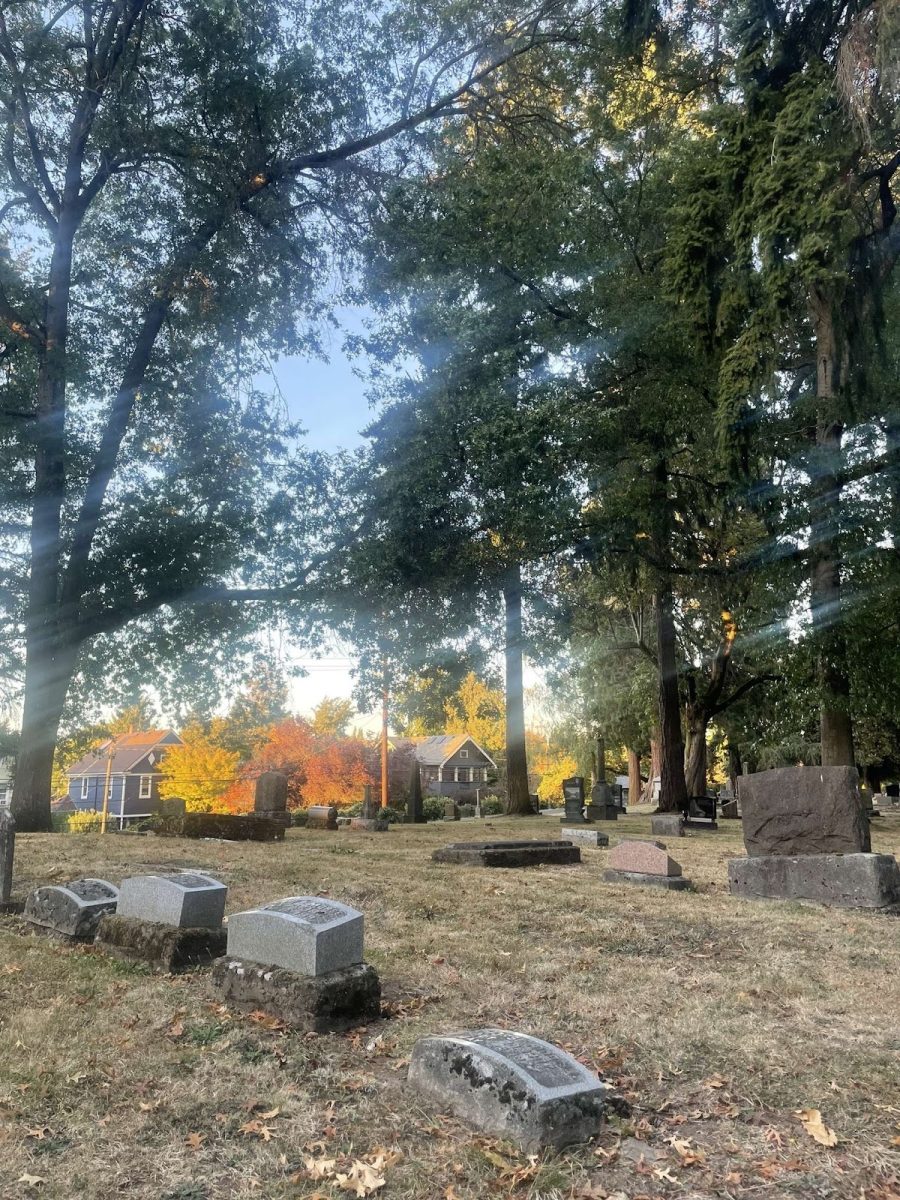
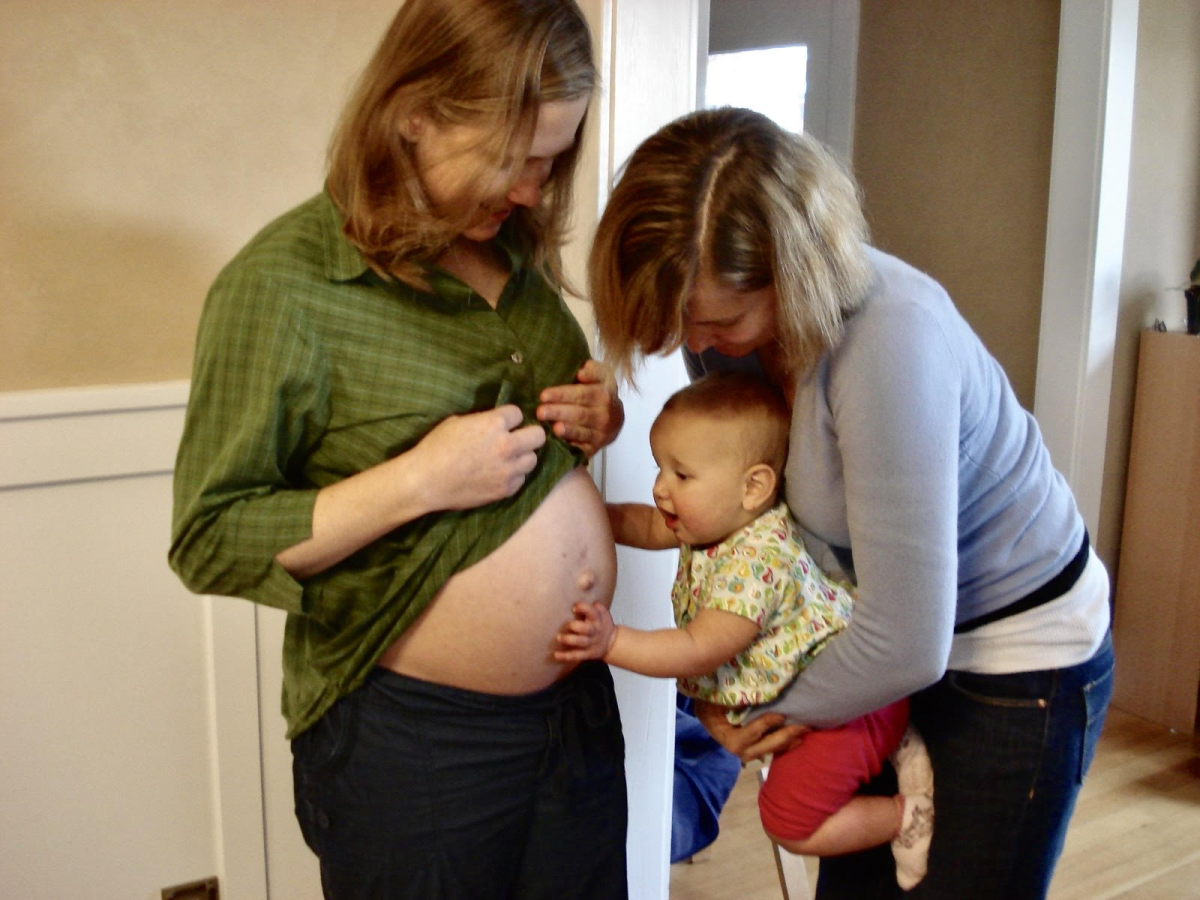

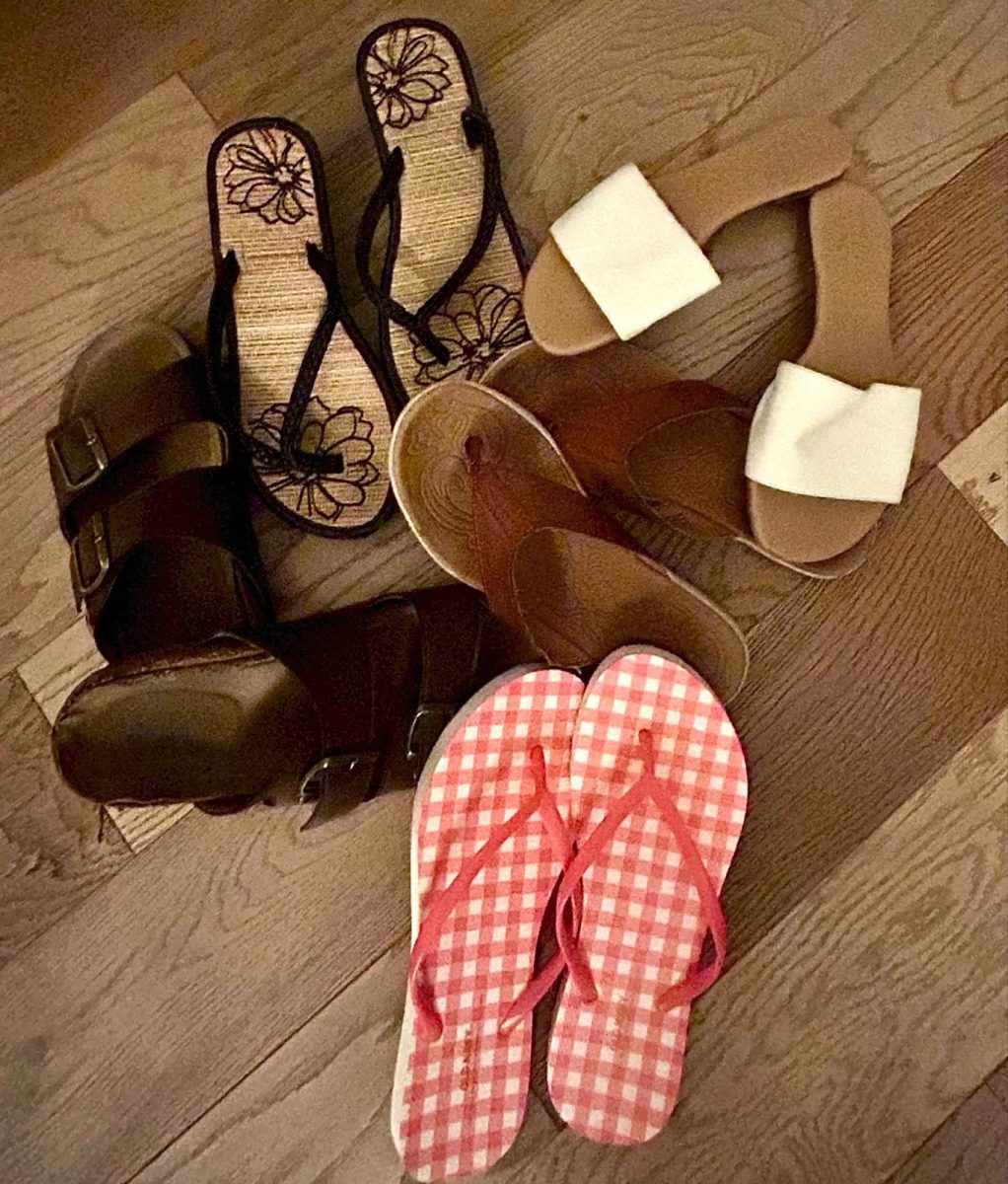



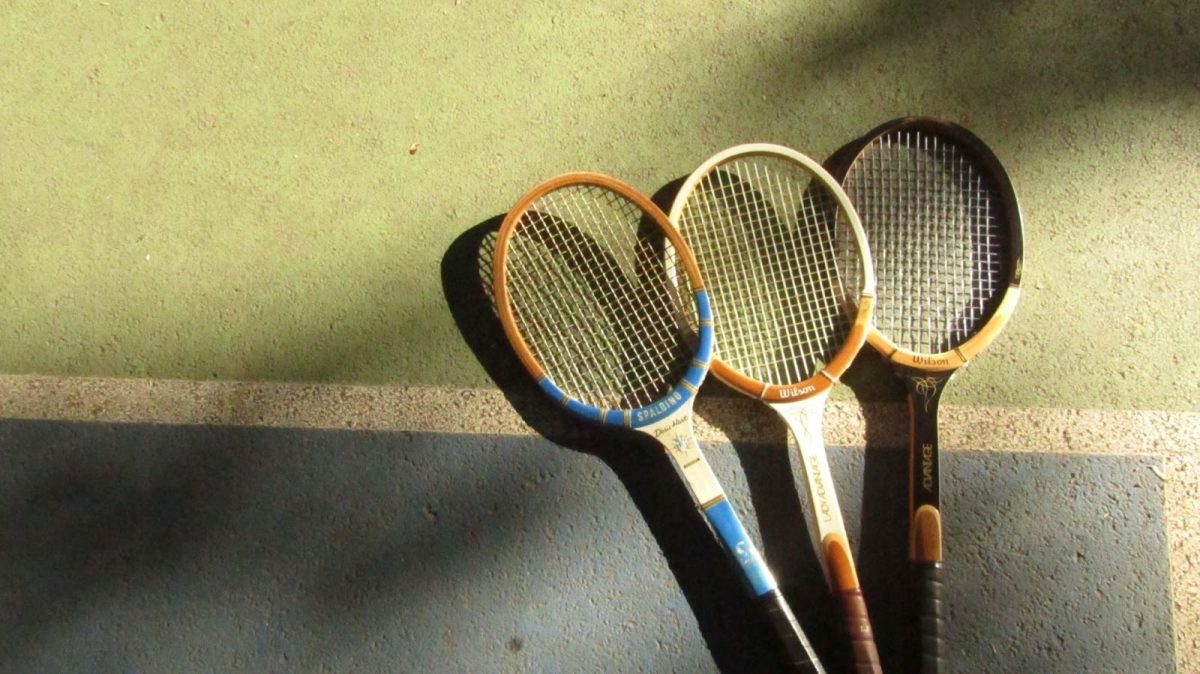
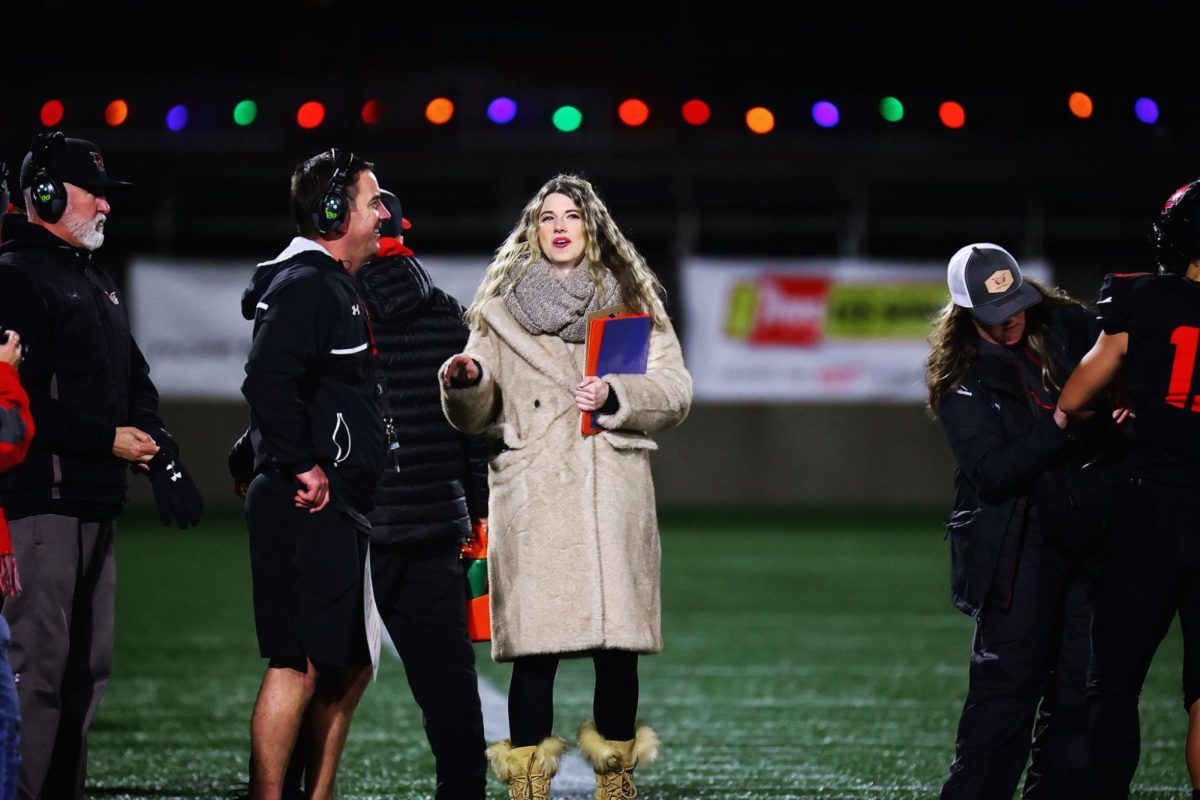

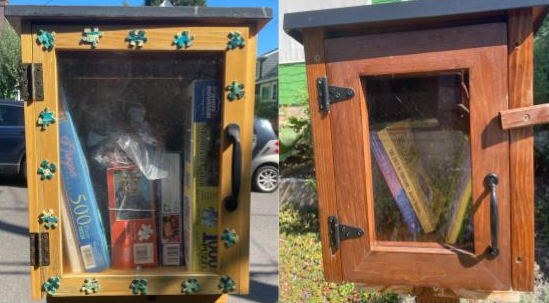
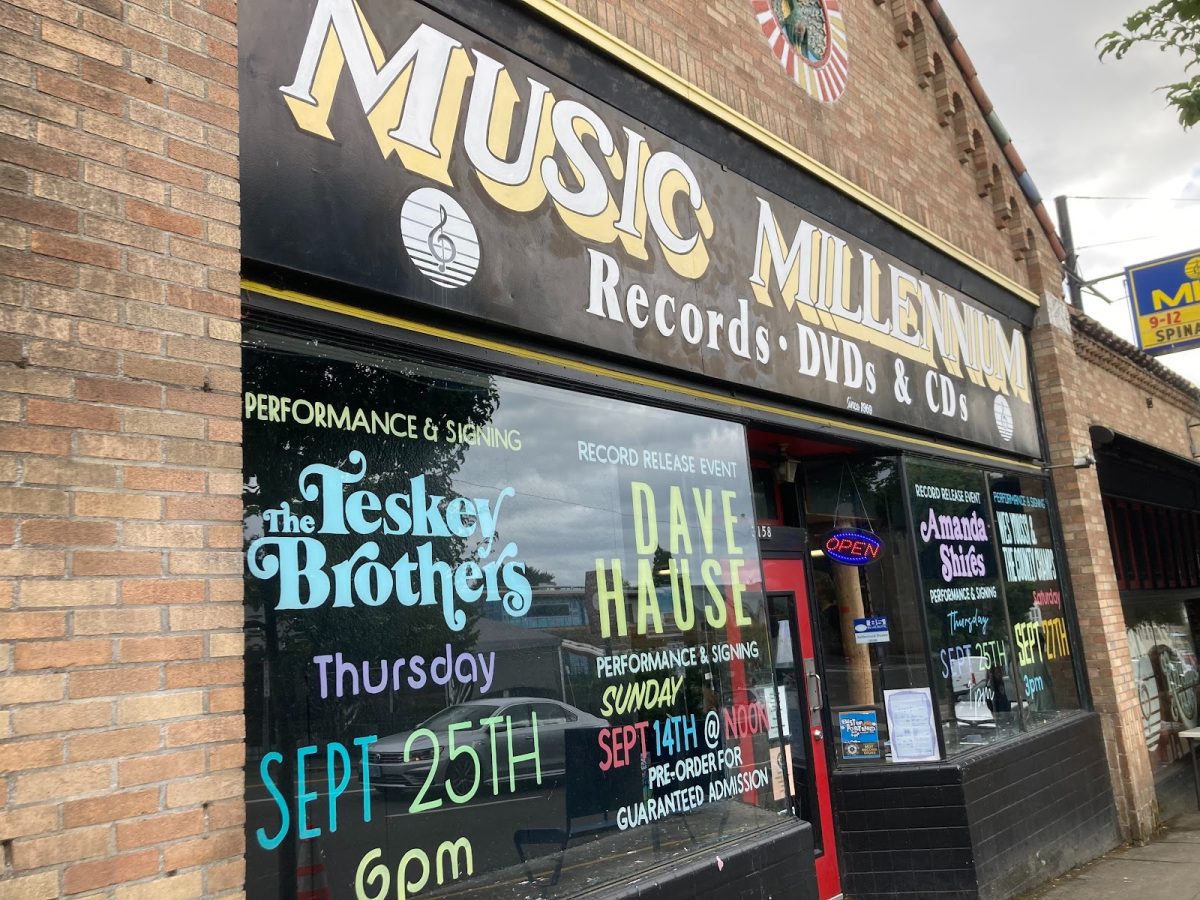
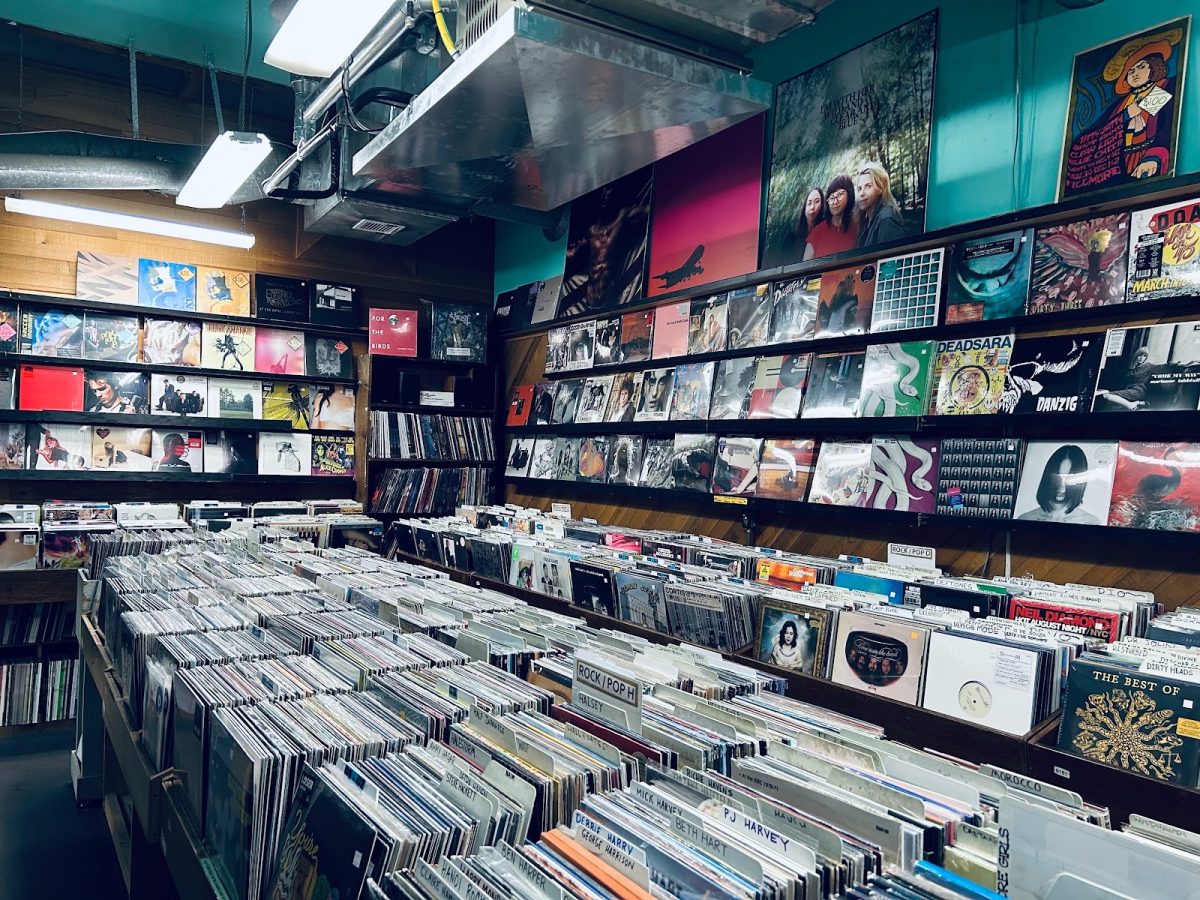
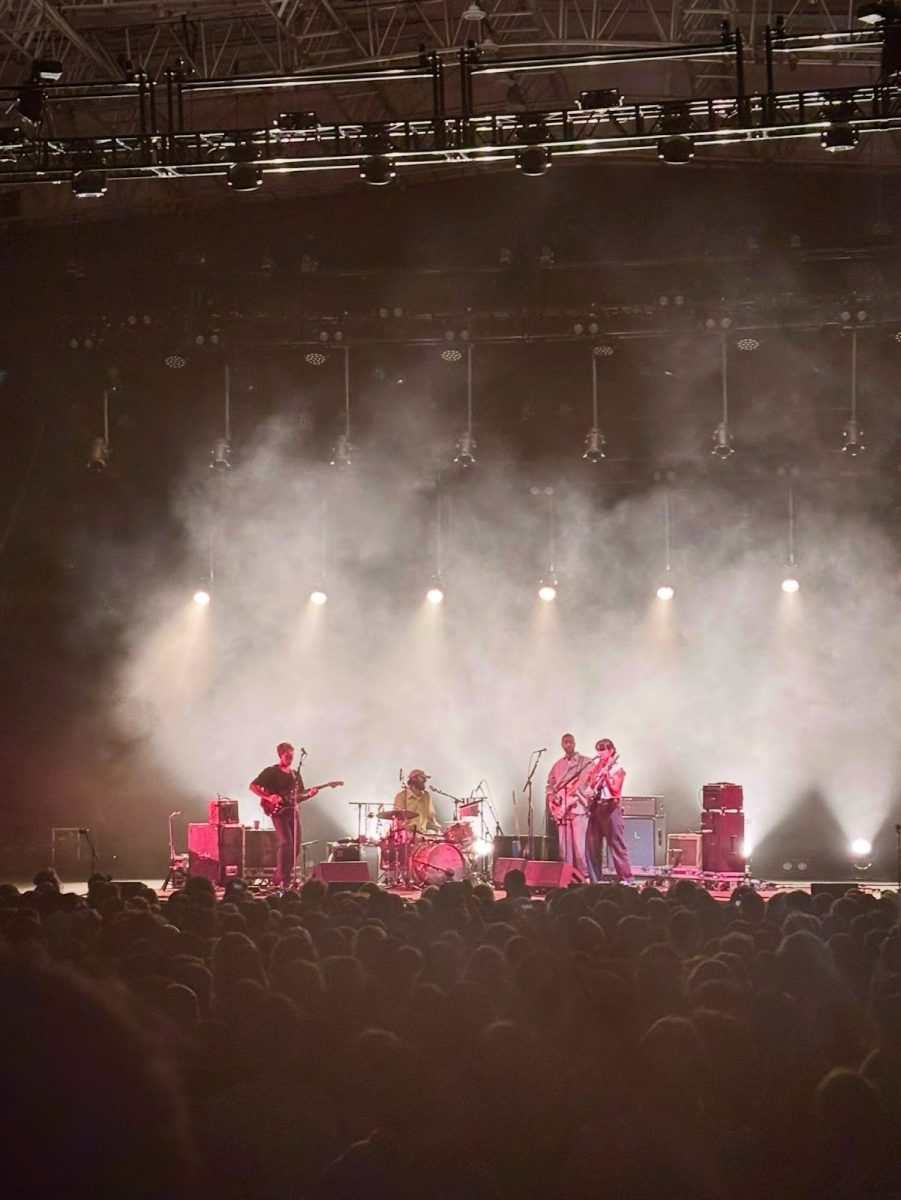
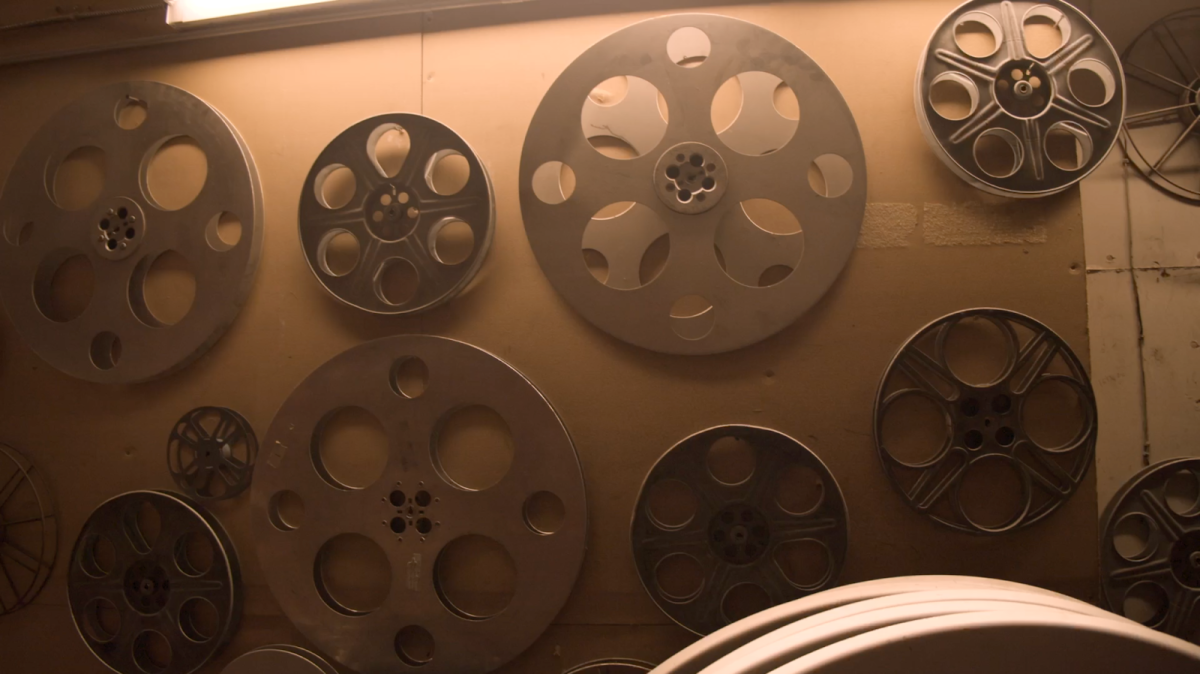
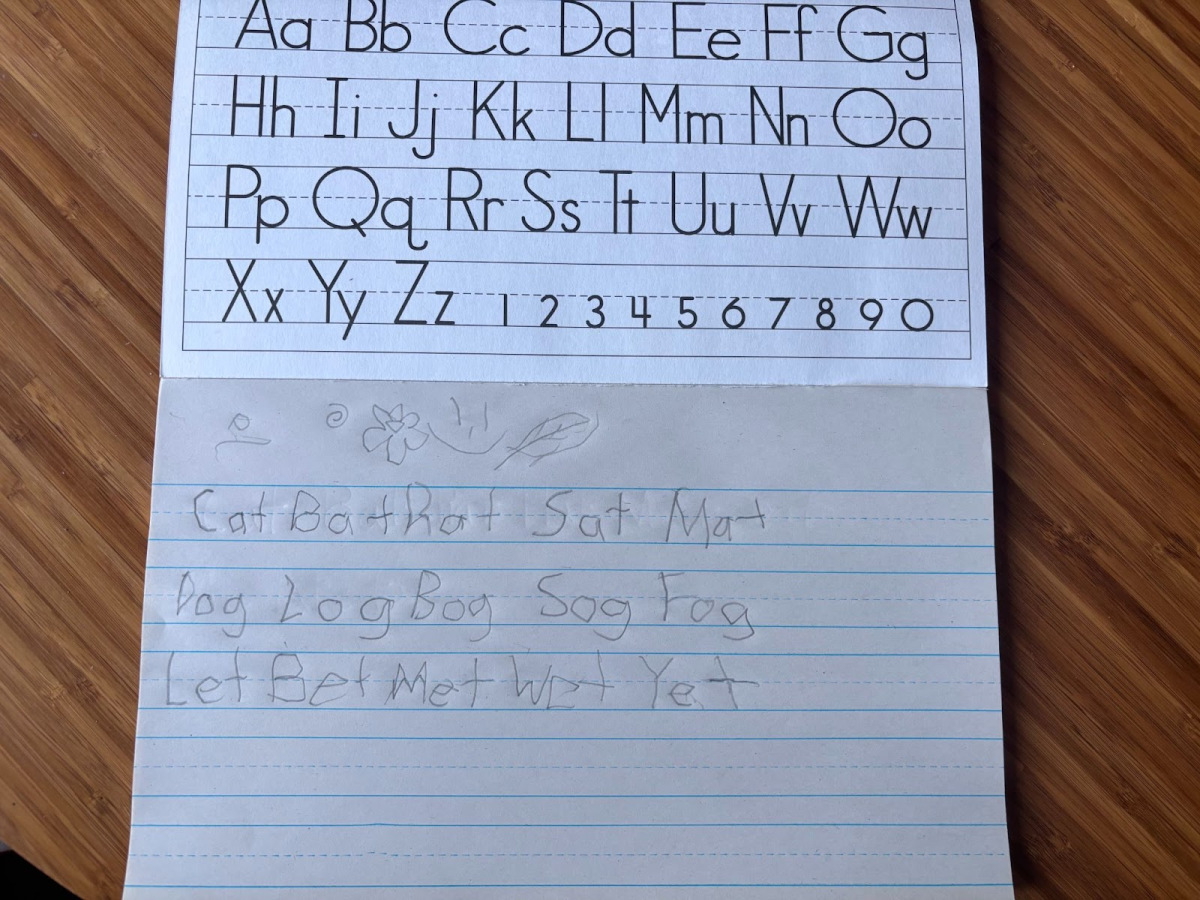
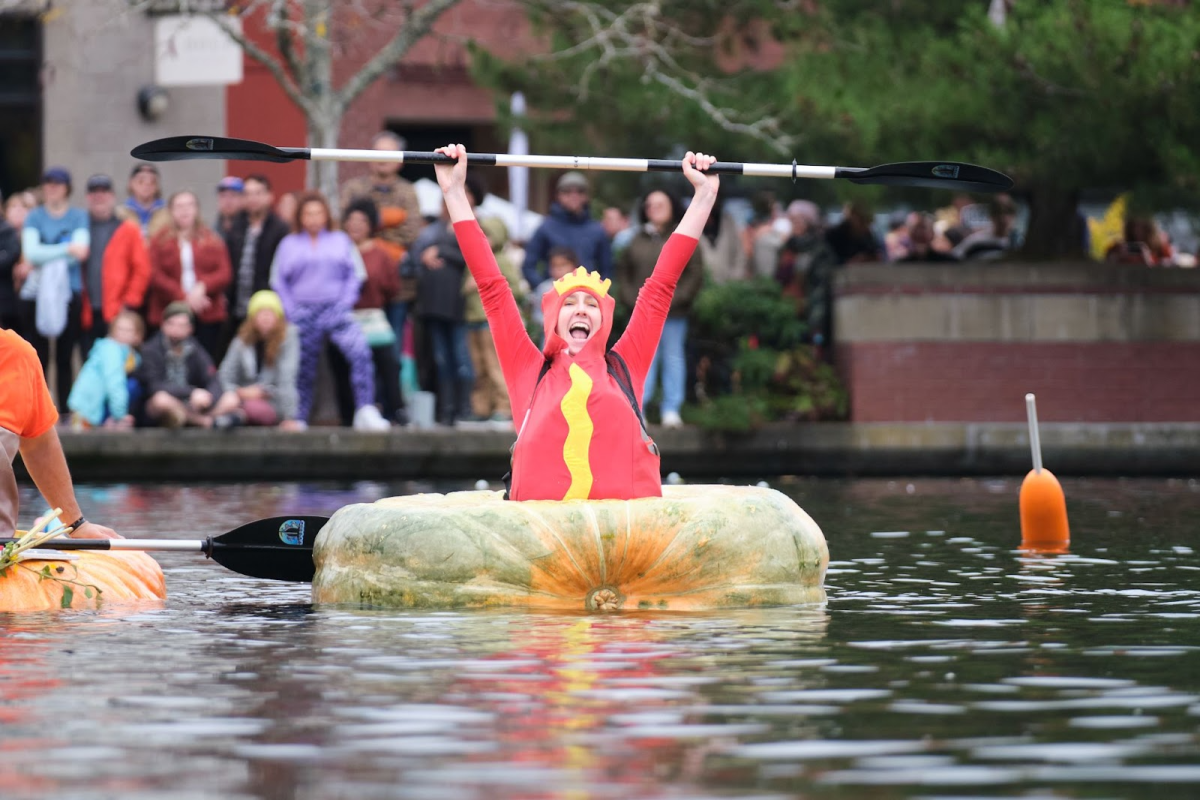
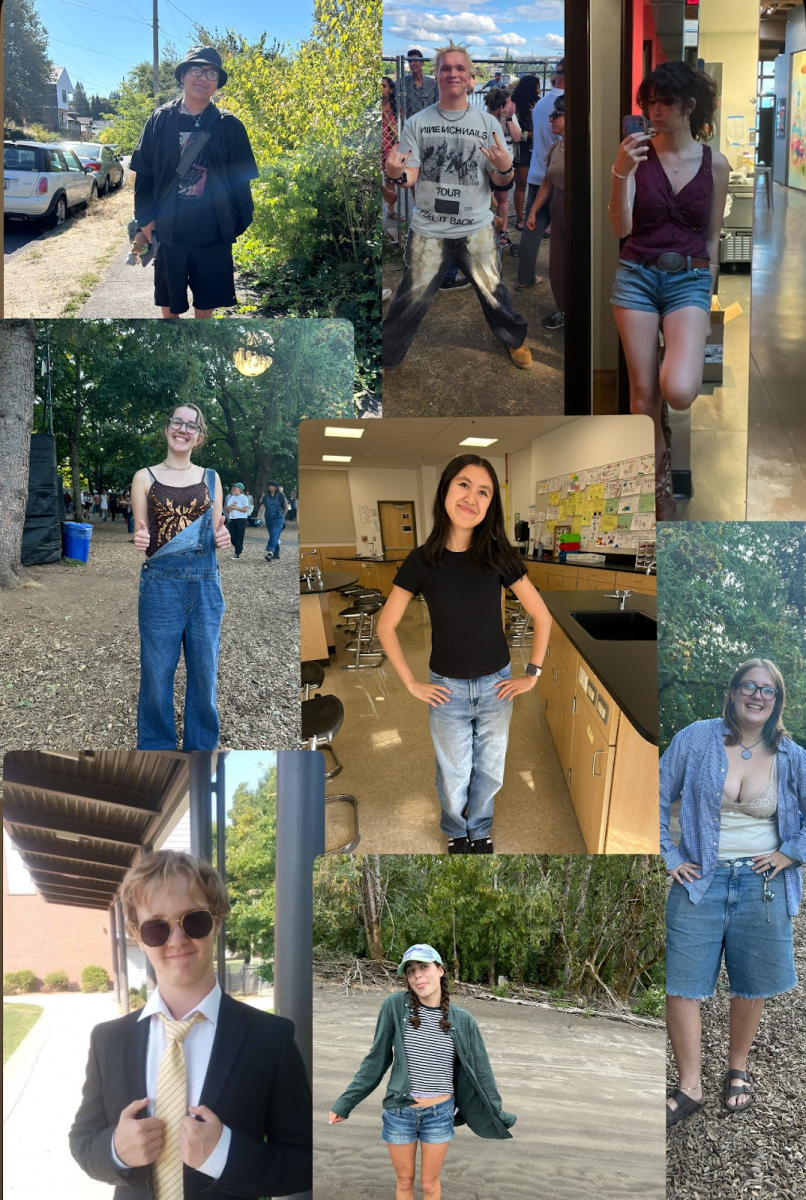
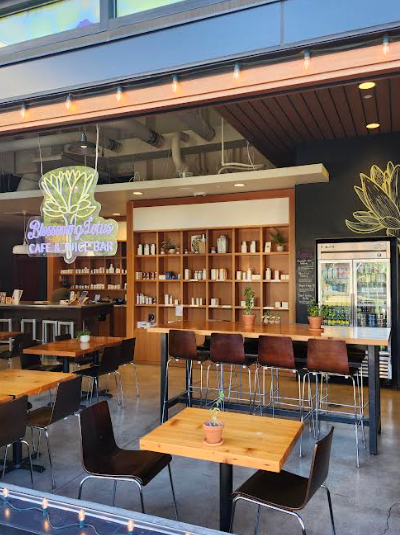
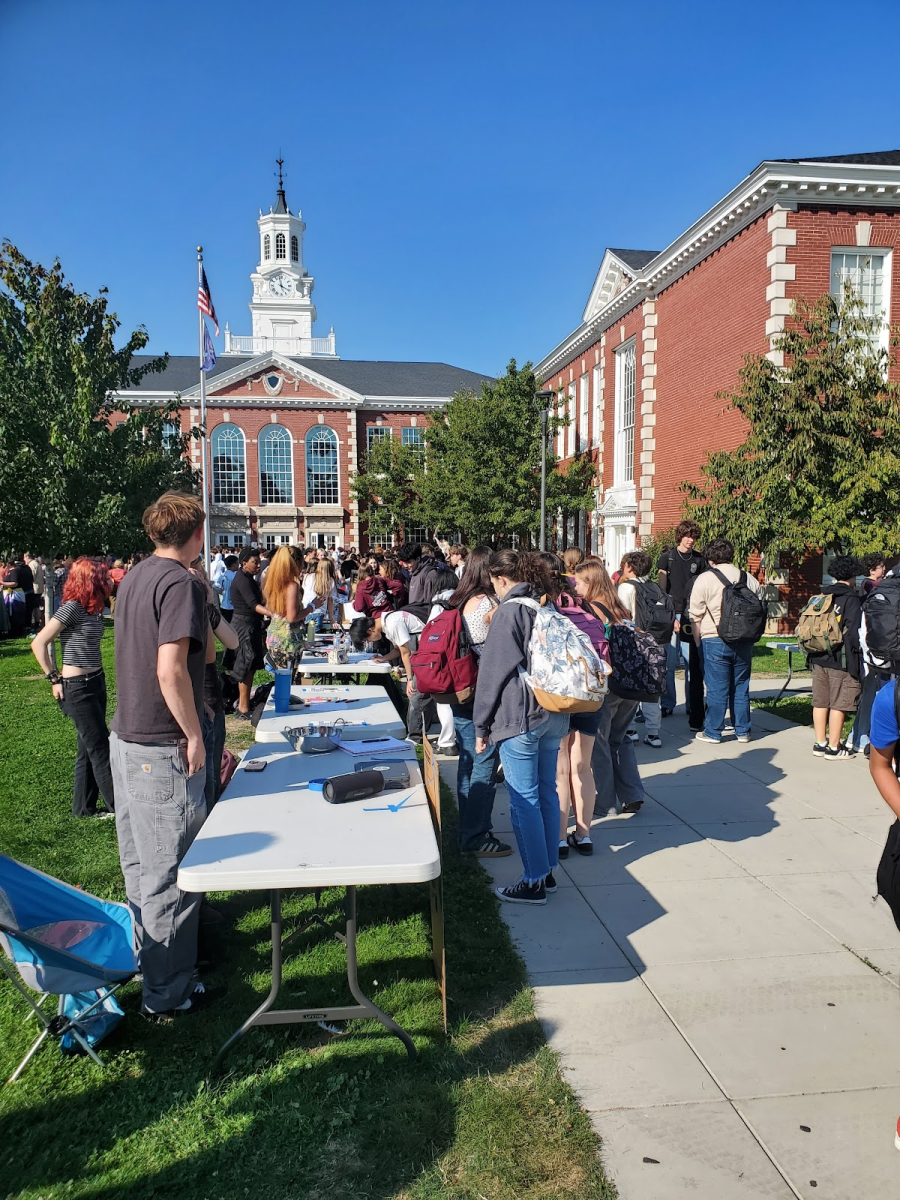
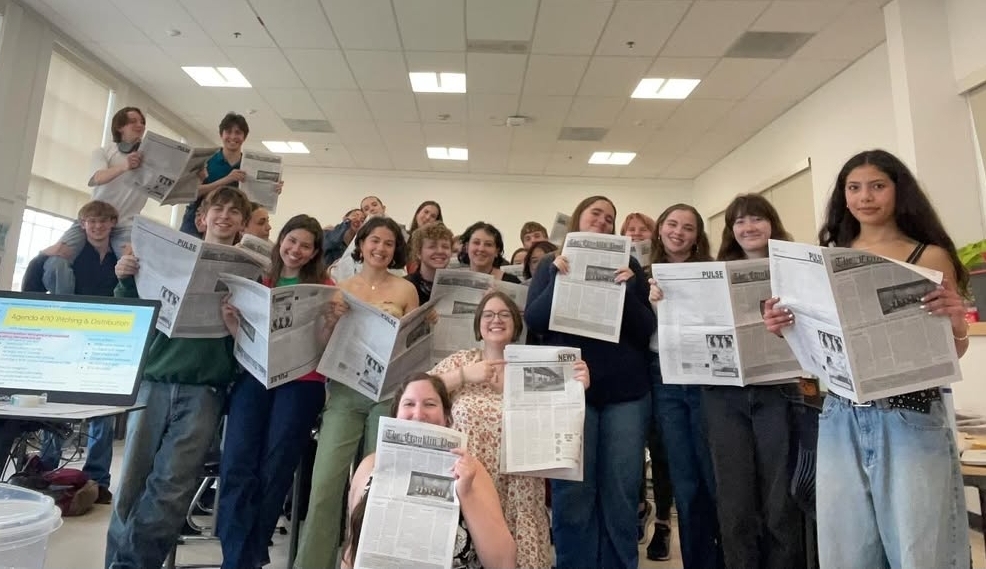
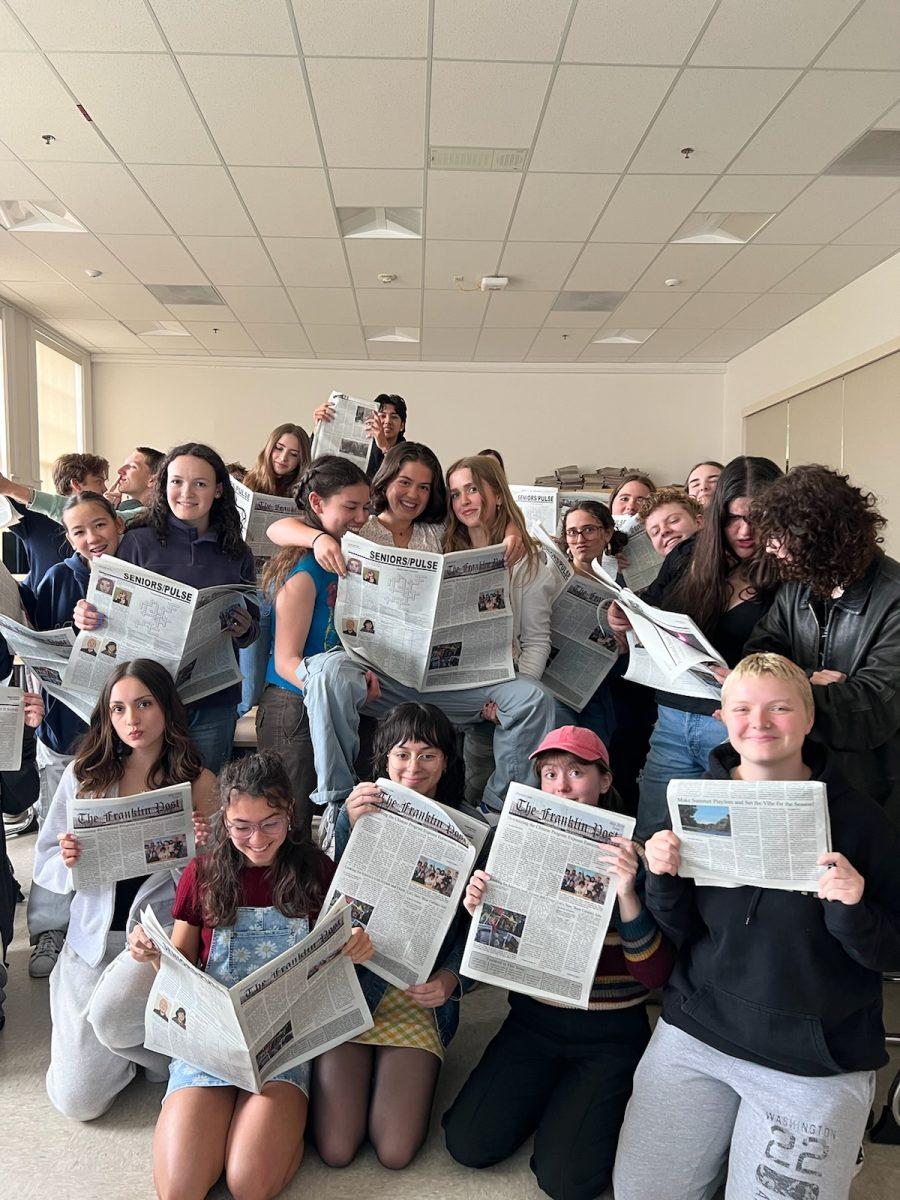
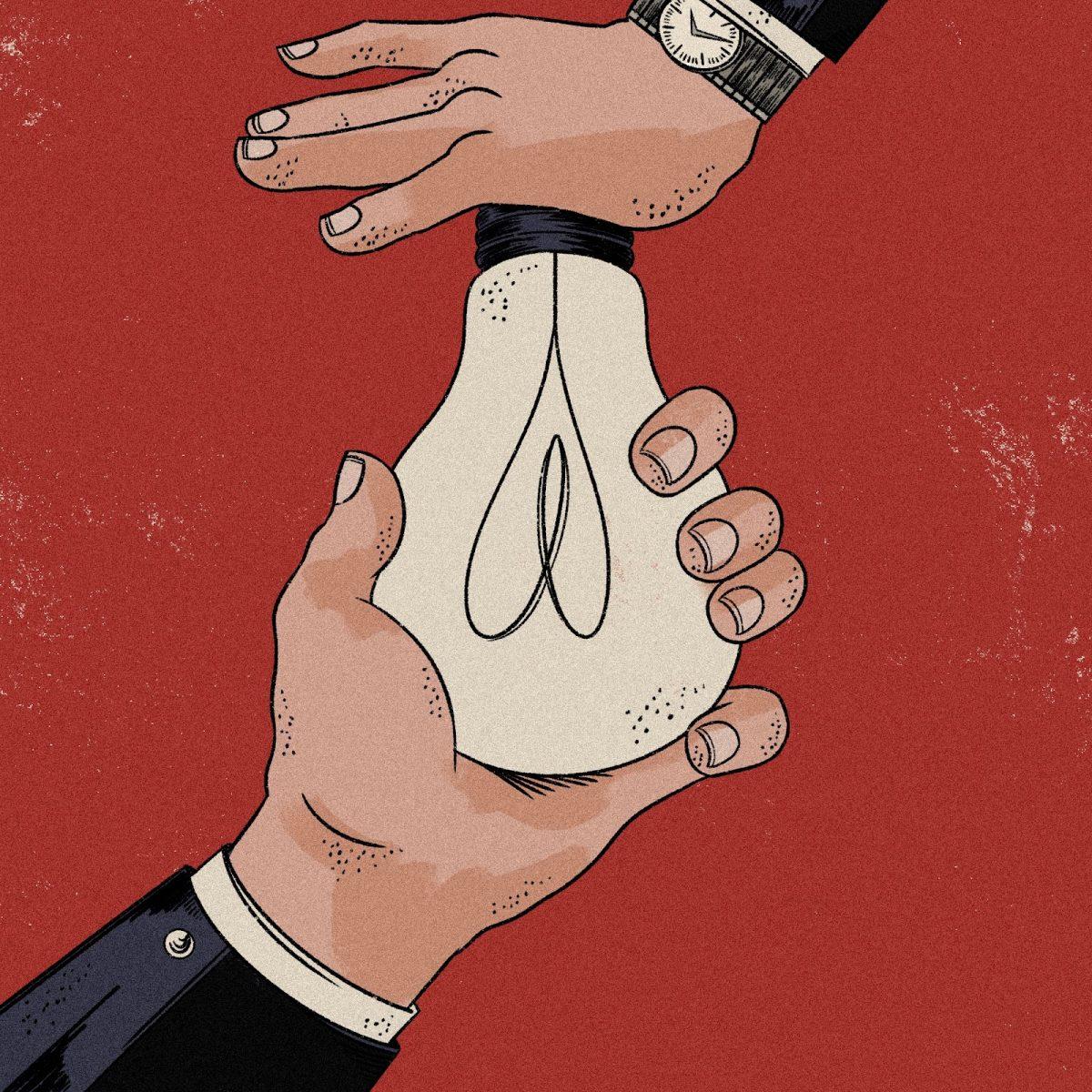
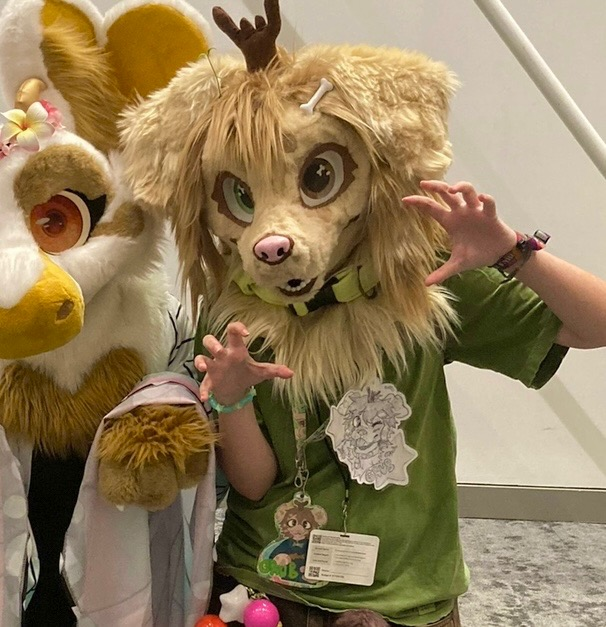

Linda Thomas • Apr 20, 2025 at 6:29 am
You ought to dress in a suit. It’s a suit, not a costume. Something that reflects who you are, fits well, and feels wonderful. People are used to wearing simple, low-effort clothes these days due to the abundance of casual wear. Many people no longer take great care when selecting the appropriate tie knot, pocket square, or colours and textiles. When dining out, travelling downtown, or going to parties and gatherings, people rarely dress up. Formal suits are becoming less popular, even in business contexts.